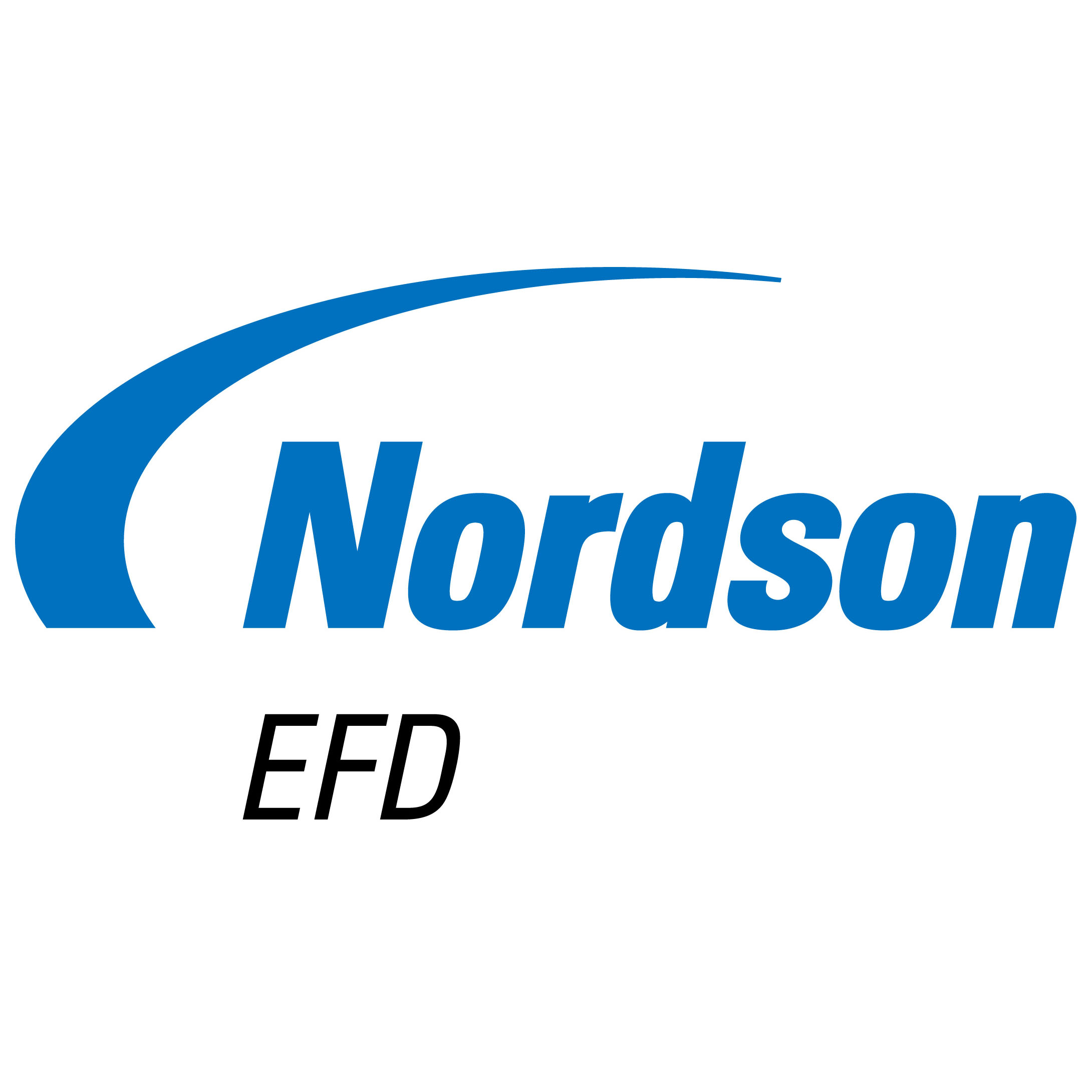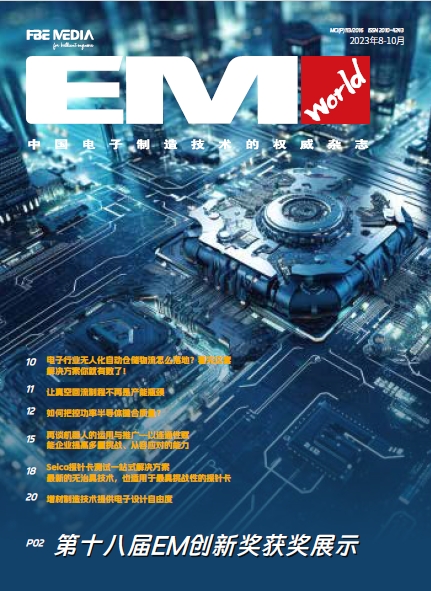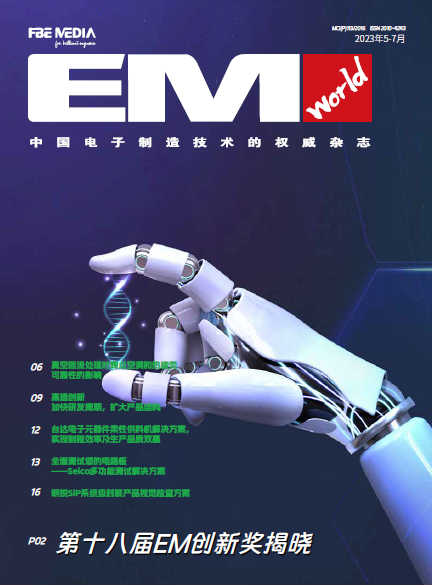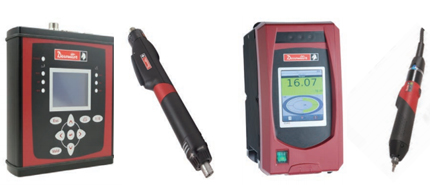iNEMI日前宣布完成了两份文件,目的是帮助制造商减少在无铅产品中产生锡须的风险,第一份为JEDEC标准-JESD22A121,名为《锡和锡合金表面镀层锡须生长的测试方法》,第二份是《用于高可靠性产品元件的无铅表面处理建议》的升级版,两份文件均来自iNEMI锡须用户组。 The International Electronics Manufacturing Initiative (iNEMI) announced the availability of two documents intended to help manufacturers reduce the risk of tin whiskers in lead-free products. The first is JEDEC standard JESD22A121, Test Method for Measuring Whisker Growth on Tin and Tin Alloy Surface Finishes, and the second is the updated Recommendations on Lead-Free Finishes for Components Used in High-Reliability Products, from the iNEMI Tin Whisker User Group. JEDEC Whisker Growth Test Method The JEDEC standard, published May 2005, details a suite of tests that provide: ・ an industry-standard method of measuring and comparing whisker propensity for different plating or finish chemistries and processes ・ a consistent inspection protocol for tin whisker examination ・ a standard reporting format Based on data from around the globe plus extensive testing by iNEMI members and others, the JEDEC standard identifies three test conditions that appear to be suitable for monitoring tin whisker growth. Two provide for isothermal conditions with controlled humidity and the third is a thermal cycling condition. The test method outlined in this standard was initially developed by the iNEMI Tin Whisker Accelerated Test Project, then expanded and modified with additional industry input as it went through the JEDEC development process. JESD22A121, which was developed by the JEDEC JC-14.1 Subcommittee on Reliability Test Methods for Packaged Devices. Surface Finish Recommendations The iNEMI Tin Whisker User Group has published revised recommendations for lead-free component finishes to be used in high-reliability products. The group is made up of 11 large manufacturers of high-reliability electronic assemblies that annually purchase many billions of dollars of components. Their publication, Recommendations on Lead-Free Finishes for Components Used in High-Reliability Products, Version 3 (updated May 2005), is intended to help manufacturers minimize the risk of failures from tin whiskers. It is the consensus of the iNEMI User Group that pure tin electroplating presents a risk in high-reliability applications, and that there are cost-effective alternatives available to minimize this risk. This updated document presents recommendations for lead-free finishes for a variety of applications and reflects the best judgment of the iNEMI User Group members, based on their combined experiences and the available data. The group has defined methods and tests intended to minimize the risk of tin whiskers creating functional or reliability problems in electronic products. Their recommendations include a combination of known mitigation practices, process controls and some level of testing. This revision is based on the latest data available and also reflects the uniform test requirements established in JESD22A121. Recommendations have been organized to provide easy-to-follow guidance on the various lead-free finish options. The team has added tables addressing every finish and base material offered commercially and they provide user acceptance guidelines for the various combinations. They have also added finish recommendations for separable connectors and for buss bars and heat sinks. The iNEMI Tin Whisker User Group previously issued a document, Tin Whisker Acceptance Test Requirements, that has been adopted by many users and has also been submitted to JEDEC and IPC for formal standards creation. iNEMIs Tin Whisker Activities As the electronics industry moves toward lead-free assemblies, the simple manufacturing solution is to use pure tin, or alloys with high tin content, as coatings on lead-frames However, tin-based plating is known to be susceptible to the formation of needle-like protrusions, or whiskers, under certain conditions. If whiskers grow to critical lengths in service, they could cause electrical shorts, disruption of moving parts, and/or degraded RF/high-speed performance. Three iNEMI projects are currently addressing several of the issues related to tin whiskers. The Tin Whisker Accelerated Test Project is working to identify accelerated test(s) to predict whisker formation; the Tin Whisker Modeling Project is focusing on the root cause(s) of whiskers; and the Tin Whisker User Group is defining guidelines for minimizing risk of failure from tin whiskers in high-reliability electronic applications.







